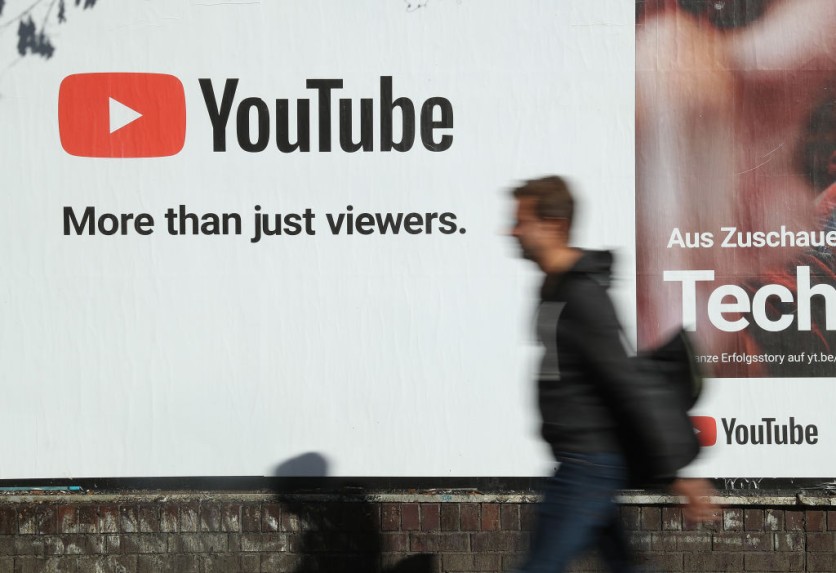YouTube has been found to be making millions annually from advertising on channels peddling climate misinformation, as content creators deftly sidestep the platform's policies designed to combat false claims (via Reuters).
A report published on Tuesday by the Center for Countering Digital Hate (CCDH) sheds light on the alarming trend and the evolving tactics employed by climate denial content creators.

Climate Misinformation Runs Rampant on YouTube
The CCDH, a non-profit organization that monitors online hate speech, harnessed artificial intelligence to scrutinize transcripts from a staggering 12,058 videos over the past six years.
These videos were sourced from 96 YouTube channels, known for promoting content that undermines the scientific consensus on climate change - specifically, the idea that human behavior contributes to long-term shifts in temperature and weather patterns.
The study uncovered a strategic shift in climate denial content. Rather than outright denying global warming or its anthropogenic origins, the channels analyzed shifted their focus to attacking climate solutions, portraying global warming as harmless, and questioning the reliability of climate science and environmental movements.
This "New Denial" narrative, as termed by the CCDH, now constitutes a staggering 70% of climate denial content on these channels, marking a significant increase from 35% just five years ago.
Read Also : US Streaming Services Struggle as 6.3% Surge in User Cancellations Forces Discounts, Bundles
YouTube Profits from Climate Misinformation
Imran Ahmed, the CEO of CCDH, emphasized the gravity of this shift, stating, "A new front has opened up in this battle. The people that we've been looking at, they've gone from saying climate change isn't happening to now saying, 'Hey, climate change is happening but there is no hope. There are no solutions.'"
The financial implications of this climate misinformation are substantial. The report estimates that YouTube is pocketing up to $13.4 million annually from ads displayed on the channels under scrutiny.
Despite YouTube's policies explicitly banning ad revenue for videos promoting false claims about climate change, content creators have found ways to exploit loopholes, ensuring a lucrative stream of income.
In response to the report, YouTube refrained from commenting directly but defended its policies. A spokesperson stated, "Debate or discussions of climate change topics, including around public policy or research, is allowed. However, when content crosses the line to climate change denial, we stop showing ads on those videos."
The CCDH calls on YouTube to update its policies regarding climate denial content and believes that the analysis findings could aid the broader environmental movement in combatting false claims about global warming.
Climate Denial Among Teen Viewers
This revelation comes at a critical time, as the landscape of climate denial on YouTube continues to evolve, posing challenges to public understanding and support for climate action.
The Pew Research Center's survey underlines the significance of YouTube in shaping opinions, especially among teenagers. With 71% of teens using the platform daily, the influence of climate denial content on YouTube poses a considerable threat to building a consensus on the urgency of climate action.
Stay posted here at Tech Times.
Related Article : YouTube Unveils Instant Access to First Aid Videos - Emergency Care Videos Instantly at the Top of Search Results





